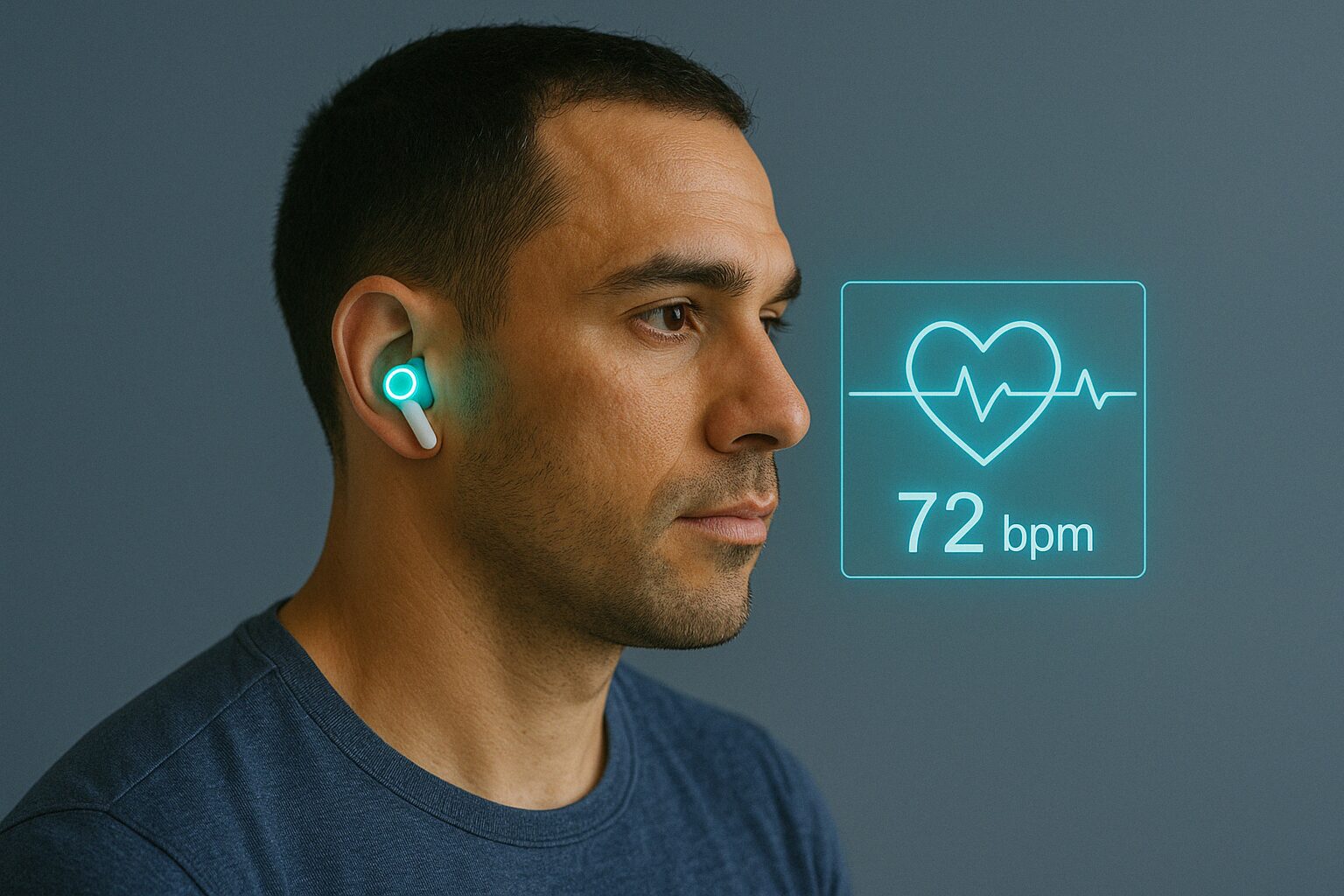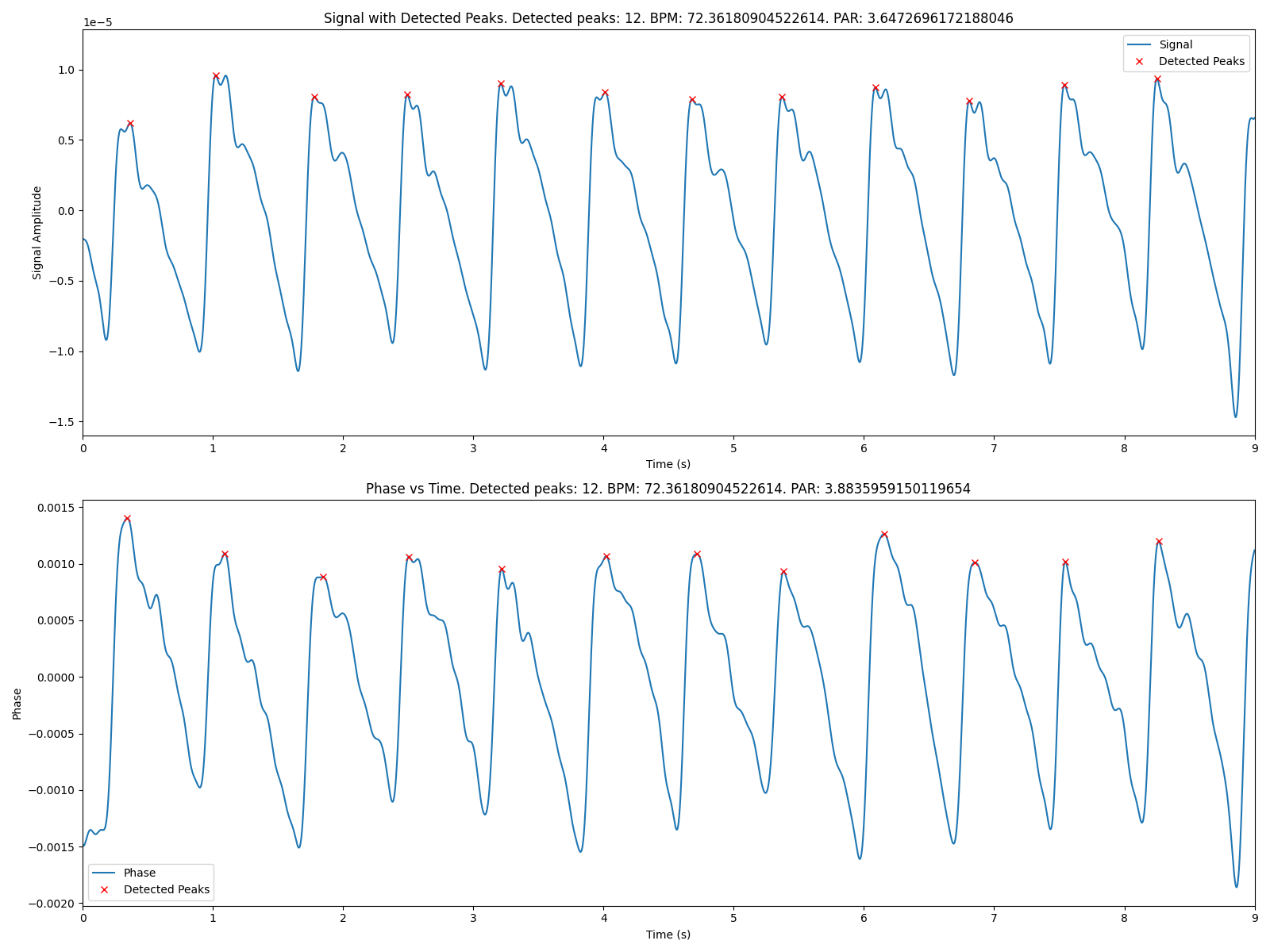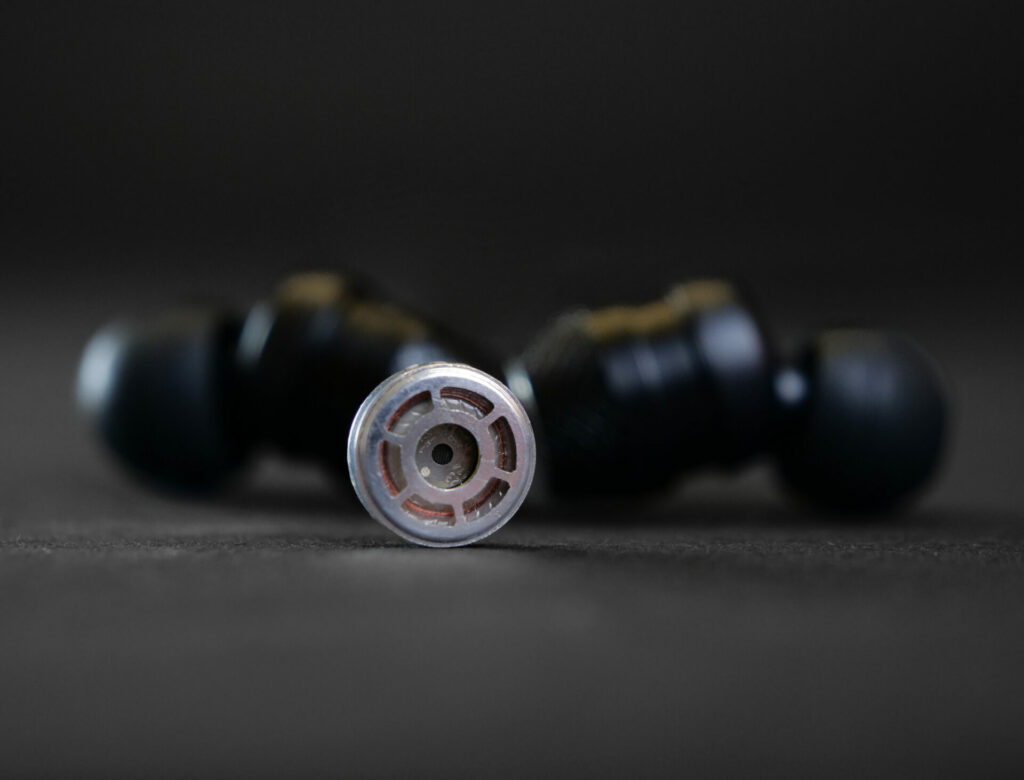
Published:
Ultrasonic Audioplethysmography: A Scalable, Sensor-Free Solution for Heart Rate Monitoring in Hearables.
Heart rate monitoring in hearables—wearable audio devices such as earbuds and headphones—has become a critical feature in health and fitness technology. While electrocardiography (ECG) remains the clinical gold standard, it is impractical for continuous, unobtrusive use. Traditional optical sensors require additional hardware such as light sources and detectors, which adds cost, takes up space, and increases power consumption. These limitations have led to the development of acoustic-based sensing techniques. One such solution, ultrasonic audioplethysmography (APG), leverages the audio hardware already built into most active noise-canceling (ANC) earbuds, offering a promising alternative that eliminates the need for extra components, saving both cost and space.

USound has introduced a complete APG platform that combines custom MEMS micro-speakers, standard ANC in-ear microphones, and a dedicated software stack designed for reliable heart rate, without the need for optical or electrical sensors. This approach minimizes power consumption, reduces the bill of materials, and avoids design compromises inherent to integrating additional hardware. Critically, it works using components that are already embedded in modern true wireless stereo (TWS) devices. The additional power consumption of the entire system is minimal, under 100 µA on amplifier level from a typical Li-ion battery, ensuring that heart rate monitoring can be conducted without significantly impacting battery life.
The core principle behind APG is the emission of inaudible ultrasonic tones via the earbud speakers. These tones are reflected within the user’s ear canal, and subtle modulations of the reflected signal, caused by pulsatile deformation of blood vessels, are captured by the feedback microphones. These modulations carry vital physiological information, but they are extremely faint and easily masked by movement and environmental sounds.

To reliably extract the cardiac signal from this noisy environment, USound developed a robust, real-time signal processing pipeline. This process automatically selects the optimal carrier signals for each ear based on echo quality metrics, tailoring the system to maximize the signal-to-noise ratio for each user. Additionally, advanced motion rejection techniques are employed to handle any distortions caused by user movement. Non-invasive human vital signal measurement techniques, such as APG, are particularly sensitive to motion artifacts, which can significantly compromise signal accuracy. Traditional methods to remove motion artifacts often rely on time-frequency analysis, but these can inadvertently distort the APG signal due to the overlap of frequency bands between motion artifacts and the APG signal itself.
To address this, USound’s APG solution uses advanced time series methods that focus on rectifying individual pulses. These methods preserve the temporal information of each pulse while removing noise. By replacing each APG pulse with a combination of global and local averages, considering both the entire signal’s characteristics and nearby pulses, the system significantly reduces pulse amplitude and trough depth variances. This technique results in a substantial improvement in signal quality, making it a promising solution for more accurate and robust APG-based vital sign monitoring in dynamic, real-world environments.
During measurement, the selected carriers are emitted while the microphones record the reflected audio. The recorded signals undergo demodulation to extract amplitude and phase variations associated with cardiac activity. These signals are then processed to isolate the heart rate signal, even during head movement, speech, or walking.
Unlike optical sensors, APG does not require light absorption and is insensitive to optical variability, which means it can perform uniformly across a diverse user population. Additionally, it avoids the physical design trade-offs required when integrating optical sensors, such as opaque housing, skin contact windows, or added electronics. Importantly, everything works even at very low ultrasound intensities, which are well below the IRPA-specified ultrasound exposure limit in the ultrasound frequency band, ensuring user safety and comfort.
MEMS Speaker Technology Enabling APG

USound’s MEMS micro-speakers, from the Conamara series, are uniquely suited for APG due to:
- Flat frequency response extending up to 80 kHz.
- High output SPL in the ultrasonic range.
- Low total harmonic distortion (THD) for cleaner probing signals.
These speakers are deployed in Greip 1.0, a compact, coaxially integrated module that combines a MEMS driver for high-frequency playback with a woofer for low-end response. This maintains full audio performance without increasing the form factor. This performance ensures reliable ultrasonic probing while preserving music playback quality, enabling simultaneous sensing and entertainment.
Software-Defined, Scalable Integration
The APG software framework is a two-stage system composed of:
- Calibration: Automatic equalization of in-ear SPL and selection of optimal ultrasonic probing tones per ear.
- Measurement: Continuous, block-wise acquisition of echoes, demodulation, motion rejection, and heart rate extraction.
Playback and recording are synchronized with music streaming, and probing frequencies are injected below the perceptual threshold, ensuring an uninterrupted audio experience. The software operates independently in each ear, preserving compatibility with stereo TWS architectures.
This full-stack solution—hardware and signal processing—enables robust, real-time physiological sensing using only existing audio components. It can be optimized for integration in Bluetooth hearables and consumer mobile ecosystems, making APG a low-friction upgrade path for device manufacturers.
In combining advanced MEMS micro-speakers, standard microphones, and a lightweight but sophisticated signal processing pipeline, USound’s APG technology sets a new benchmark for sensor-free, scalable heart monitoring in consumer hearables. It delivers high-fidelity audio and high-quality health data simultaneously, without compromise.
This approach opens up new questions around signal processing, integration challenges, and performance under real-world conditions. If you’re working on hearables or physiological sensing, let’s talk.
Learn more about USound’s APG-based biosensing platform.

About the author
Manuel Arias Ruiz is Head of Hardware Development at USound, driving innovation in product design within the R&D department. With a solid foundation in Electrical Engineering and over 15 years of experience in electronic products and systems, Manuel leads the development of cutting-edge hardware solutions, offers key application support, and plays a central role in shaping USound’s technological advancements. LinkedIn

